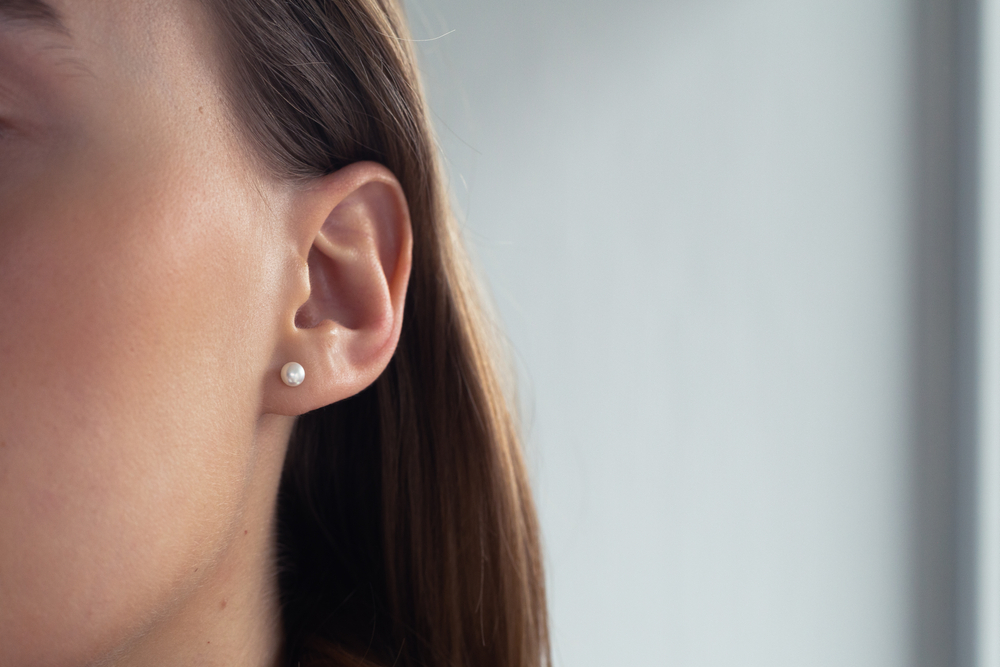When people think about how their appearance impacts their self-esteem, they are often most concerned about their face because this is how people identify one another. Most people desire to have a face that is symmetric in appearance on either side. This is what makes ear surgery (otoplasty) so important. There are numerous reasons why someone might be thinking about having ear surgery performed. Ear surgery is used to change the shape of the ears to make them match. It can also alter the size of the ears to make them more symmetrical. Furthermore, many people have ear surgery to change their position on the head to make both sides even.
If your ears are mishappened due to congenital disabilities or injuries, otoplasty may be your answer. We can treat various ear conditions at Lake Country Plastic & Hand Surgery and reposition the ears back to a normal-looking position.
Did You Know…?
Many people are born with birth defects in the shape, size, or even construction of their ears. Otoplasty can also be used to correct birth defects in the ears that prevent people from hearing properly. On the other hand, many people have traumatic experiences that damage their ears, such as during competitive wrestling, that can also be addressed using ear surgery.
What is Otoplasty?
Otoplasty is a cosmetic surgery that changes the outer ear’s structure. Multiple types of otoplasty can address conditions such as overly large or small ears, damaged ears from accidents, and other congenital abnormalities. These types include:
Types of Otoplasty:
- Ear Pinning: As the most common type of otoplasty, this procedure pushes the ears back towards the head and is performed for people who have ears that stick out along the sides of their head.
- Ear Augmentation: Ear augmentation works to improve the size of the outer ear, and it’s most often performed for small ears or ears that haven’t completely developed correctly.
- Ear Reduction: Ear reduction surgery is for people who have macrotia or excessively large ears and earlobes.
At Lake Country Plastic & Hand Surgery, our surgeons can perform these procedures for adults, correcting ear deformities to ensure correct symmetry and health.
How is an Ear Otoplasty Performed?
When visiting our surgeons at Lake Country Plastic & Hand Surgery, we begin with a consultation, including a physical exam, to evaluate the position of the ears, diagnose your condition, and recommend the best type of otoplasty for your condition. Surgery is performed on both ears to ensure symmetry, and our team will schedule an appointment for your surgery, providing pre-surgery instructions to inform you ahead of time and help you prepare for your surgery.
- Preparation and Anesthesia: Our surgeons will discuss the details of your procedure, including any risks and instructions to follow before and after your otoplasty. Once the procedure is set up, anesthesia is administered according to your health and medical preferences.
- Incision and Correction: Our surgeons will perform otoplasty by creating a surgical incision along the fold to either reduce cartilage, ear folds, and other areas to correct problems such as macrotia, microtia, and forward-facing ears.
- Closing Incisions: External stitches are used to close the incision areas, pinning back the ears. Our surgical techniques are personalized to avoid unnatural appearances and are pinned back to appear natural and reformed.
- Recovery and Post-Instruction: Once the incisions are closed, patients can see immediate results during the initial stages of healing, with the surgical scars hidden behind the ear near the crease to protect the results.
Frequently Asked Questions
Many people haven’t heard of otoplasty and have questions regarding the procedure. Many of these questions have been answered below.
How is otoplasty performed in the operating room?
A board-certified plastic surgeon performs most otoplasty procedures. Some patients may ask to be put to sleep while other patients only require a regional anesthesia in the area of the procedure. The plastic surgeon will make an incision along the back of the ear to ensure that any scars aren’t visible from the front. The tissue will then be manipulated during the procedure to match the expectations of the patient as closely as possible. If the ears were injured in a traumatic accident, they could be re-shaped during this procedure. The ear is dressed at the end of the procedure to keep it covered while it heals.

What risks are involved with the procedure?
Otoplasty is a safe procedure that rarely has complications. Some of the complications that patients should be aware of include a risk of reaction to the anesthesia, bleeding risks, possible infection near the incision sites, and cosmetic issues related to the results. Be sure to discuss these risks with the plastic surgeon before proceeding forward.
When are the results of the surgery visible?
While many patients are anxious to view the results of the surgery, it is important to keep the ear covered by a dressing until the surgeon says it is acceptable to remove the dressing. Once the surgeon removes the dressing, the differences should be apparent immediately. Some swelling might remain, and it will take time for this to fade. Anyone with questions regarding ear surgery should contact our office. Our doctor has a tremendous amount of experience performing ear surgery for a wide variety of patient circumstances. Call or request a consultation today for more information.
After Treatment and Recovery From Otoplasty Surgery
Once the otoplasty surgery is complete, soft bandages will be placed on the ears for several days to protect the surgical area. The ears are likely to bleed slightly and swell from the stitches but should improve over time as the otoplasty heals. Post-operation instructions will be provided to protect your ears while healing. Based on your activity levels, full healing takes, on average, six weeks.
Otoplasty can provide tremendous psychological and physical benefits, improving your self-confidence and giving you a natural and balanced appearance. As a minimal-risk procedure, our surgeons at Lake Country Plastic & Hand Surgery can help you with your goals for surgery and give you the relief you need most. For more information, please schedule a consultation with our team today to learn more!









